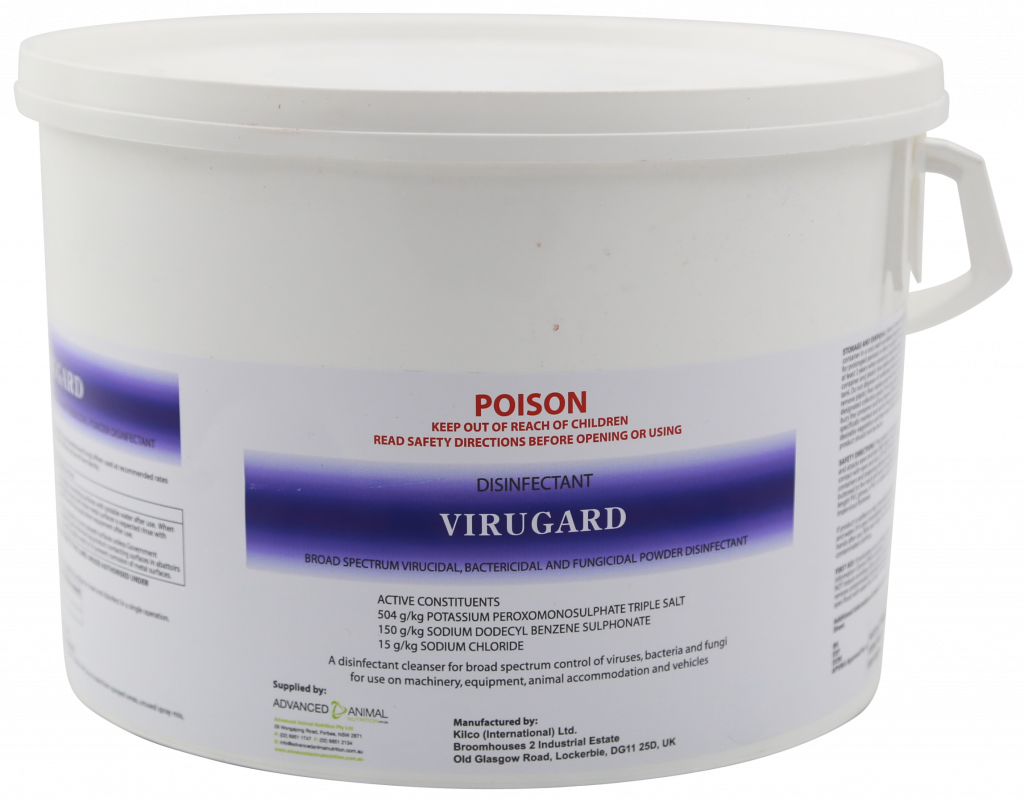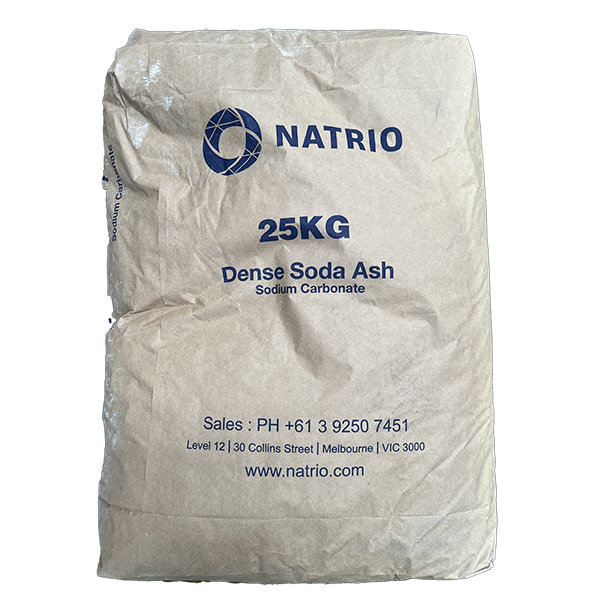Disinfectants & PPE
Biosecurity can be defined as the measures aimed at preventing the introduction and/or spread of harmful organisms (pathogens) in order the minimise the risk of transmitting an infectious disease. Biosecurity is critical to prevent the spread of pathogens onto farms and causing disease.
Biocontainment manages the spread of disease once it exists on a farm. Biocontainment also helps reduce the incidence and severity of existing diseases on the farm. There is a direct association between good biosecurity and good biocontainment practices.
Planning and implementation of a biosecurity program is on-going. The effectiveness of the program is influenced by staff compliance, which is driven by people behaviour and workplace culture. Clear and concise operating procedures along with frequent review and open communication are essential components of a successful program.
Disinfectants, Sanitisers and Surface Protectants
Disinfectants and sanitisers are integral to any biosecurity program by improving hygiene, reducing existing pathogen load, and by preventing foreign pathogens from entering a farm. Their mode of action is to kill pathogens through chemical activities at point of contact.
Surface protectants are new technologies that, when applied to a surface or incorporated into a material, provide long- lasting activity enabling them to be applied less often, in many cases every 30 to 90 days. Surface protectants form a valuable part of a biosecurity program and should be used alongside disinfectants, sanitisers and other cleaning applications.
The Federal Government’s Australian Pesticide Veterinary Medicine Authority (APVMA) holds a permit for products which can be used off-label in the event of a Foot-and-Mouth Disease virus incursion in Australia.
The active ingredients and some example products approved under APVMA permit PER83649 for use as disinfectants for treatment of equipment, fabric and surfaces in case of an outbreak of Foot-and-Mouth Disease are detailed below.
NB For all situations/applications, initially wash with soap or commercial detergent to remove all mud and manure, then rinse with water.
Active Ingredients
Situation / Application
Potential Hazards
Example Products
Active Ingredients
Potassium peroxomonosulfate, sodium dodecyl benzene sulfonate and sodium chloride
Situation / Application
- Clothes
- Footbaths
- Surface cleaning
Potential Hazards
Mildly corrosive for many metals
Active Ingredients
Glutaraldehyde, quaternary ammonium
Situation / Application
- Footbaths
- Surface cleaning
Potential Hazards
Avoid eye and skin contact
Active Ingredients
Dense soda ash – sodium carbonate, Anhydrous powder (Na2CO3)
Situation / Application
To be diluted with water (40g/L):
- Footbaths
- Surface cleaner
Potential Hazards
Mildly caustic for eyes and skin. Avoid use on aluminium and similar alloys








